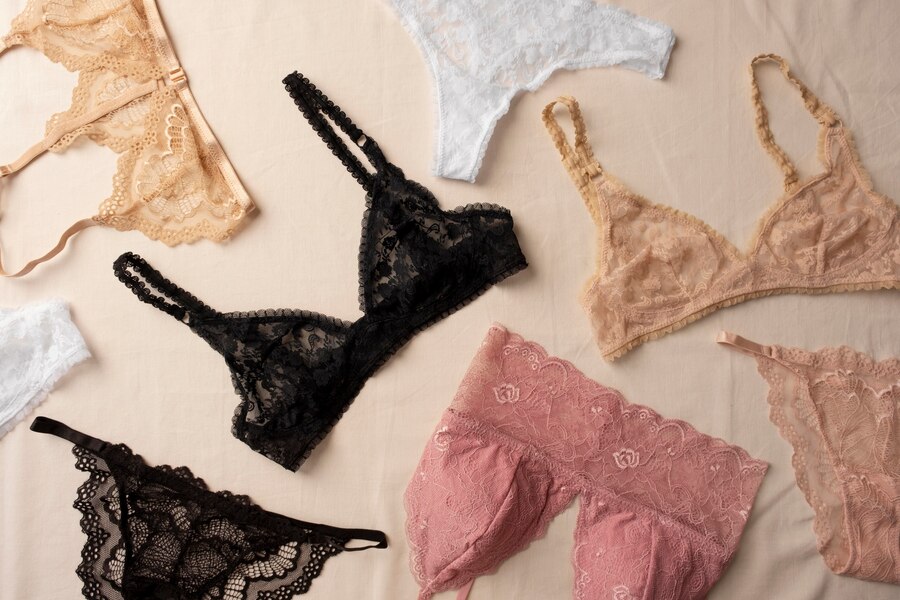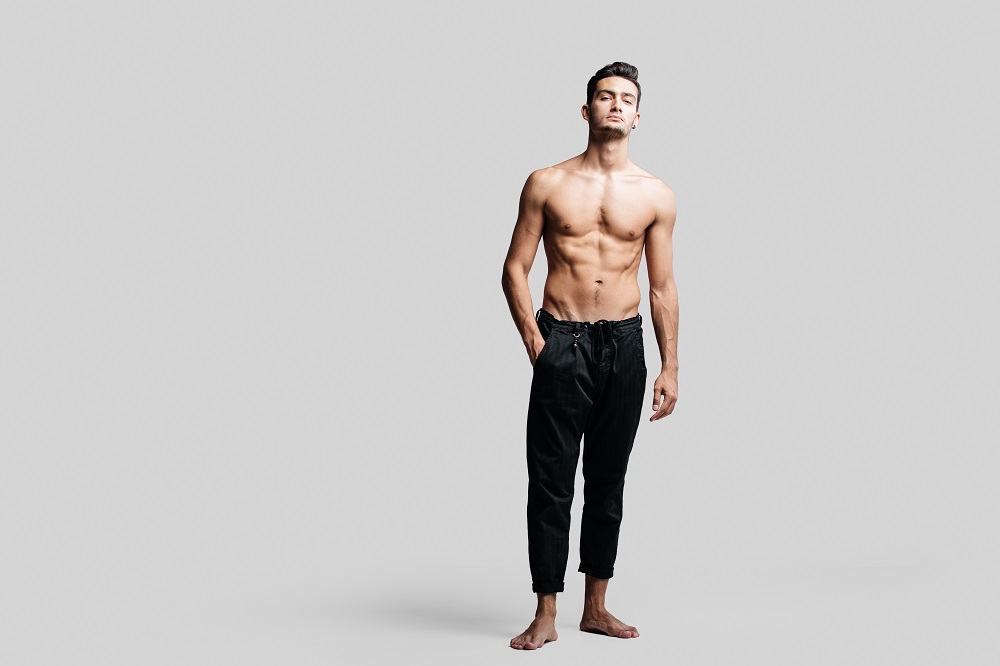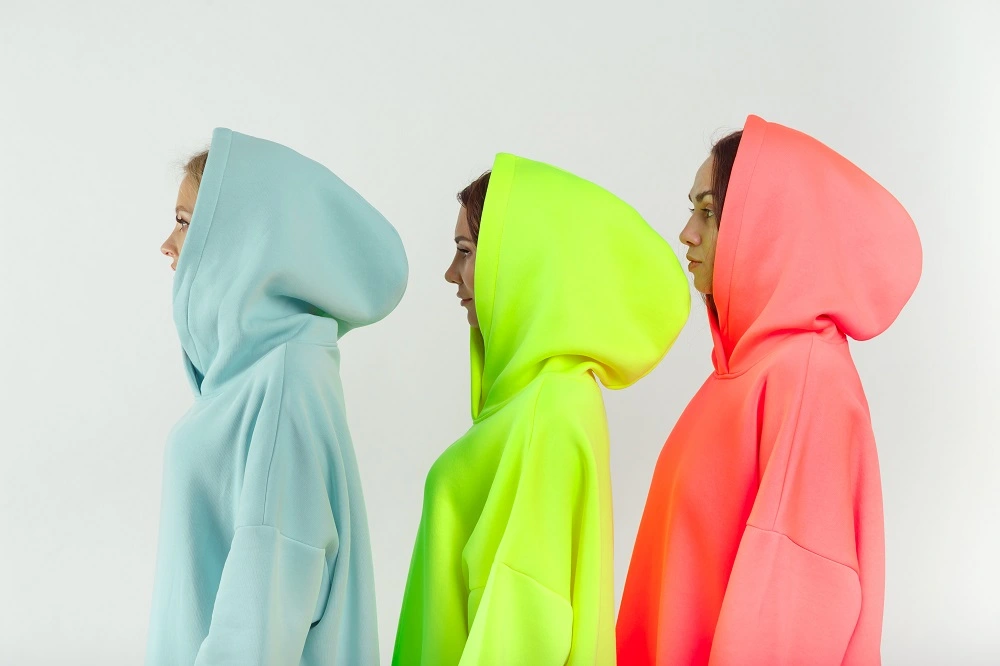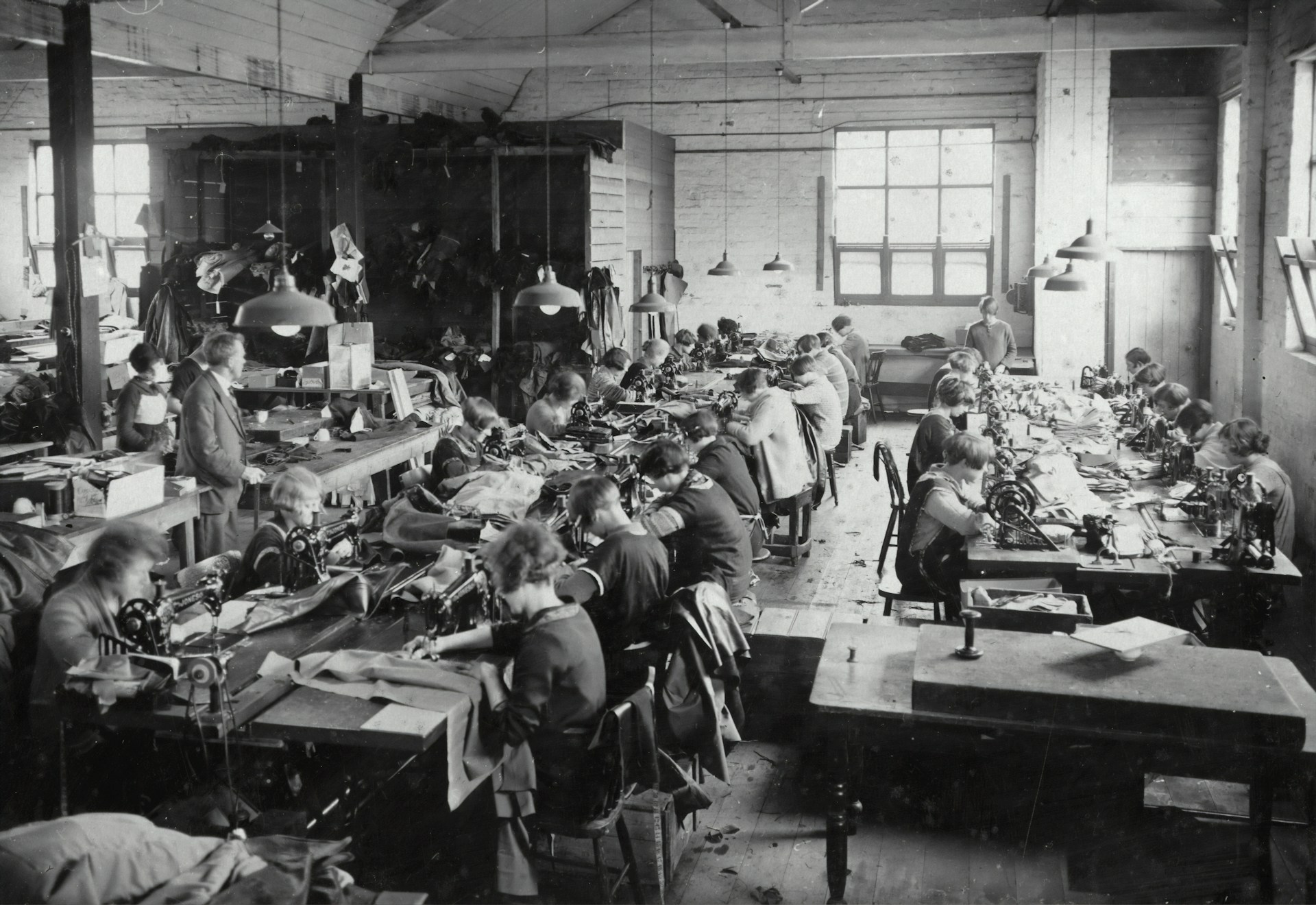As custom clothing manufacturers, we understand that lingerie isn’t just about fabric and stitching; it’s about comfort, confidence, and personal expression. This article aims to demystify the vast array of types of lingerie, helping you understand the unique characteristics and purposes of each style. Whether you’re a designer looking to expand your knowledge or a brand seeking to create the perfect collection, we’re here to walk you through the essential pieces that make up this fascinating category of clothing. Get ready to explore the intricacies of design, material, and fit that define these beautiful garments.
The Foundation: Key Lingerie Categories
When you start your journey in lingerie, you will want to understand the foundational categories within lingerie. Each category has a purpose to support ultimate in your daily life, special occasions, and even lounging. Below we categorize foundational categories of lingerie that will help to understand and build.
Everyday Essentials
This is ideal for your level of comfort and support. Every day, bras, briefs, and seamless sets. These pieces are made from cool fabrics, are wire-free or lightly constructed, and provide invisible lines under what you are wearing daily. They complete your wardrobe essentials – reliable, functional, and flexible.
Special Occasion & Allure
Designed to excite, these items exude elegance, detail, and sensuality. Think of lace bodysuits, balconette bras, garter belts, complicated chemises often made with sheer materials, luxe trims, and bold silhouettes. Perfect for date nights, bridal wear, or indulging oneself, these pieces celebrate beauty and self-expression.
Shapewear & Foundation
These pieces are made for fit and function. Their attribute includes bodysuits, high waist brief, control slips, and corsets, all of which smooth and shape your body. These pieces are designed to curvy your curves, support your posture, and create a sleek shape under clothing, most notably under formalwear or fitted clothing.
Sleepwear & Loungewear
These pieces include soft camisoles, nightgowns, robes, pyjama sets, and bralettes that are made for comfort and togetherness. The pieces are typically light and breathable in cotton, modal, or silk. Great for a good night’s sleep or lounging in style, these pieces encompass both leisure and style.
The 15 Different Types of Lingerie: A Detailed Dive
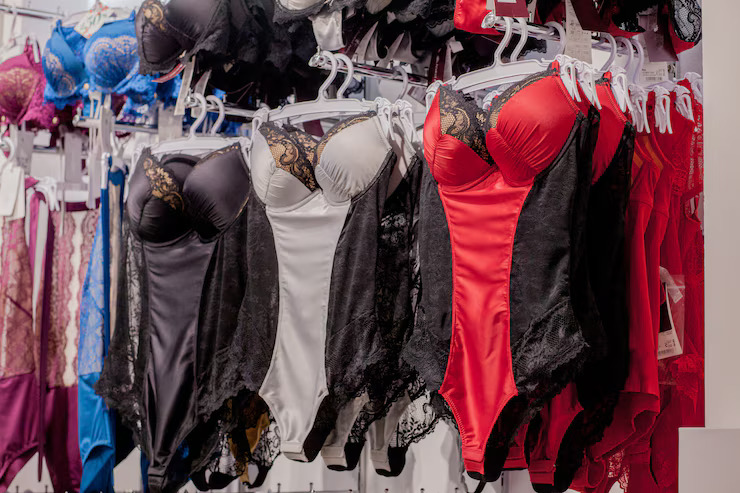
Lingerie design is a sophisticated mix of form, function, and fashion. For brands and designers alike, knowing the lingere types not only assists with their creative direction but also their decisions on fabric, construction methods, and sizing standards. Here is a high-level overview of the kinds of lingerie, with recommendations to help make better manufacturers and design critically aware products.
Bras (Brassieres)
Overall, the bra is the most essential component for any lingerie collection, as it provides support, lift, and shape to the bust line. The bra has several sub-styles, including bralettes, push-up, t-shirt bra, balconette, sports bra, a strapless bra, and demi-cup bra. Commonly made with cotton, lace, microfiber, mesh, and polyester, often laminated with elastane for stretch.
Design features often include molded cups, underwires, adjustable straps, and closures. In production, cup grading, accurate fit testing, and underwire integration are the most important aspects to create high-performing and comfortable bras, as part of mass production.
Panties (Knickers/Underwear)
Undergarments serve a variety of functional and aesthetic purposes and are often made to be worn with bras or without. Functional styles also include thongs, which provide the least rear coverage; bikinis are low-rise and have moderate back coverage; boyshorts are full coverage with a sporty cut, hipsters, which sit at the waist; and high-rise briefs, which are retro and offer tummy support.
Common materials include cotton, modal, lace, and microfiber, and all commonly include cotton gussets for cleanliness. Panties can be made with multiple features, from elasticated waistbands, seamless finished edges, and unique trims. Lingerie manufacturers need to consider stretch-to-fit ratios, flatlock sewing seams, and breathable fabrics to ensure wearers’ comfort and convenience while wearing daily.
Bodysuits / Teddies
Bodysuits and teddies are a combination of upper and lower lingerie united as one continuous silhouette. Bodysuits are typically more structured in shaping and can sometimes be used as outerwear, while teddies are more intimate as an alluring lacy look. Common fabrics are mesh, lace, jersey, and satin.
Snap crotch closures, plunging necklines, high-cut legs, and adjustable straps are common aspects. The construction of these garments requires a specific alignment of the panels, torso length grading, and reinforcement on stress seams like closures and bust seams.
Camisoles
Camisoles are lightweight sleeveless tops that have one foot in the lingerie category and one foot in the loungewear category. Camisoles are meant to be layered and can be worn alone, most often with matching shorts or panties below.
Camisoles come in cotton, satin, modal, silk, and many other fabrics, in many colors, styles, and shapes, varying from spaghetti strap styles to those with lace trim or darts for a little shape. For clothing manufacturers, making camisoles will depend on whether they are made with straps that can maintain their shape, have greater drape if cut in bias, and whether the hem and stretch are consistent across the sizes.
Chemises
Chemises are considered slip-style dresses that fall above the knee and are designed as sophisticated sleepwear or intimate apparel. Chemises can have flowing silhouettes and have an inherent romantic quality. Chemises can be made from satin, silk, or sheer mesh. Chemises typically have lace trims, slits, plunging necklines, and adjustable shoulder straps.
When manufacturing chemises, an important aspect is to consider how the fabric will flow and how seams are finished, and where embellishments will be applied. Some lightweight sewing techniques, such as using French seams, are generally preferred for delicate materials like satin to provide strength and comfort.
Babydolls
Babydolls are fun, loosely fitted lingerie items that draw attention to a woman’s bust while leaving the lower body flowing and loose. Most babydolls vary in length, and often have empire waistlines with sheer skirts, and are decorated with bows, frills, or lace. Common fabrics for babydolls include chiffon, tulle, lace, and satin.
Common features of babydolls are adjustable straps, molded or soft cups, and open back or front closure. Based on the producer’s perspective, bust support, layers of light fabric, and decoration detail must work together to help achieve an acceptable combination of styles and wearability.
Negligees / Nightgowns
Negligees and nightgowns provide a more sophisticated, longer length slumber option that can finish at the mid-calf or floor. Negligees and nightgowns combine comfort and sensuality and are almost exclusively made with satin, silk, and/or modal. At times, they may also feature lace or sheer layering.
They have flowing cuts and open slits or soft cups. When making these garments, the manufacturers need to create proper drape through bias cutting, dyeing the fabric with consistency, and stitching with high quality, especially where the seams are subjected to the body moving against them.
Corsets
Corsets are a highly structured garment style designed to narrow the waist while shaping the torso. Corsets are traditionally constructed using boning (steel or plastic) and are constructed from heavy fabrics, including brocade, satin, or leather for structure and stability. Corsets will have a front busk style closure, laced back closure, waist tape, and inner lining fabric.
When constructing corsets, precision engineering is essential in terms of boning placement, where and what type of panel grading, flexibility/ fit, and long-term usability. Reinforced seams and high-tensile closures are also essential for garment performance.
Bustiers
Bustiers provide shaping and support similar to corsets while being lighter weight and often more flexible. They are styled to lift the bust and smooth the waist, and are usually manufactured out of satin, mesh, lace, or stretch blends. They are comprised of underwire cups, light boning, hook-and-eye closures, and occasionally clips to attach garters.
Bustiers require both comfort and shaping elements to be sewn seamlessly from a production standpoint. There are key considerations to review, such as flexible boning, quality fabric construction of the cup, and secure closures that hold the shape while allowing movement.
Garter Belts (Suspender Belts)
Garter belts are worn around the waist with the intent to hold up stockings via adjustable straps. They can be made from lace, mesh, or satin and may or may not include hook-and-eye closures and lace or other trims.
The key components are clips, adjustable garter straps, and elastic waistbands. For the manufacturer, it’s important to make sure the straps are stitched correctly to last, to apply elastic properly for comfort, and to either use the best quality clips while using metal clips or (the best quality plastic clips) so that they do not come unclipped when worn.
Hosiery
Hosiery refers to garments, such as stockings, thigh-highs, and pantyhose, that serve the purpose of functional coverage, while at the same time making a fashion statement. Leg wear is largely made from nylon, spandex, or silk and can vary in denier (thickness), sheerness, and level of support.
Features can vary from reinforced toes and waistbands as well as silicone stay-up bands. Hosiery is created using specialized circular knitting machines, good denier setting on the machine, and vigorous quality control so that it doesn’t run, tear, or vary in fit.
Shapewear
Shapewear is designed to shape and support the body and provides a smoother appearance under clothes. There is a variety of shapewear, including girdles, waist cinchers, control briefs, and thigh slimers. Shapewear is made of high-compression material, typically power mesh, elastane blends, or microfiber, and could have seamless paneling, zoned compression, and non-slip hems.
For manufacturers, the challenge is to create shapewear that provides strong support to the body yet breathes and is comfortable. Factors to consider for production include seam bonding options, stretch tolerance, and fabric recovery rate.
Basques
Basques are a structured piece of lingerie that combines the sexy fit of the corset with the support of a bustier. Basques are designed to lift the bust and cinch the waist and usually have underwires, boning, and attached garters. The materials can include satin, lace, and mesh fabrics with embroidery or other detailing.
From the manufacturer’s standpoint, basques require well-thought-out paneling, multi-layering to be put together securely, and cup levers and shape firmly integrated into each individual garment. Basques also feature sizing complications due to being a full-body garment.
Lingerie Sets (Coordinated bra and panty combinations)
Lingerie sets are critical in offering a consistent look by matching bras and panties. In fact, lingerie sets are typically core products in a lingerie line, and their styles vary from basic cotton sets to higher-end lace sets. You will want to be consistent with the quality of materials and trims, along with color matching.
Manufacturers should ensure both pieces are proportionately graded, as well as appropriate embellishments and/or prints when possible, and coordinating stretch to give the customer the same fit and feel.
Pettipants / French Knickers
Pettipants or French knickers are vintage-inspired, wide-leg shorts for modesty or lounging purposes. Pettipants have high waists, soft elastic waistbands, and lace hems. Pettipants are made from a lightweight fabric, usually satin, silk, or rayon.
When manufacturing pettipants, care needs to be taken when bias cutting to ensure a graceful drape, and when constructing the waistbands, because they must be irritatingly soft. When manufacturing these garments, the focus is on light-weight stitching and flow/breathability, and not on style.
Manufacturing Essentials for Lingerie
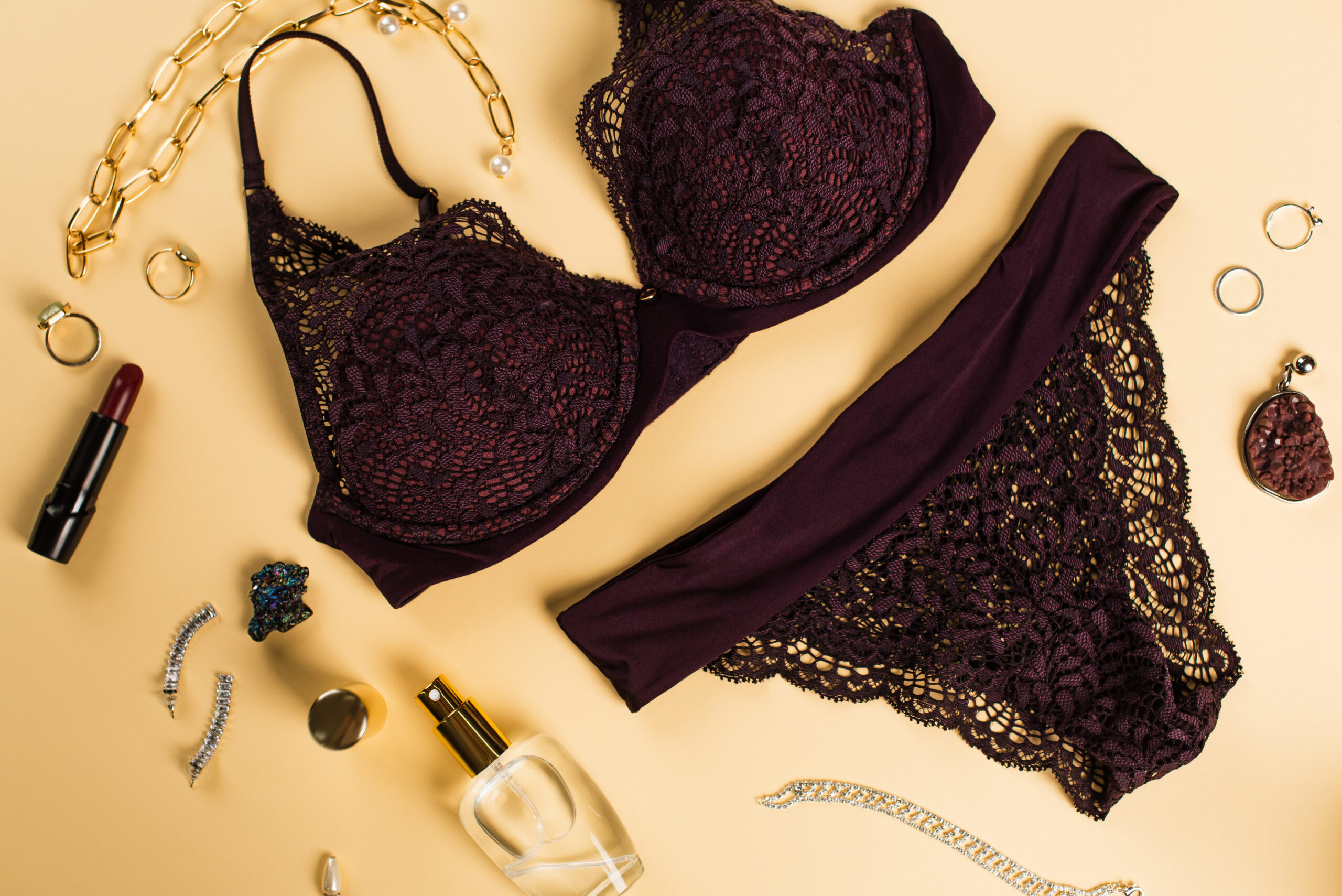
Designing beautiful lingerie is one thing, but to create great underwear, you need technical skills, high-quality materials, and careful manufacturing. For B2B clients, whether you are launching a new label or expanding an existing range, knowing the basics will guarantee not only a long life for your product, satisfied wearers and brand integrity. Here, we highlight the three foundational pillars of manufacturing lingerie, which all businesses should be aware of.
A. Fabric Selection & Properties:
Choosing the proper fabric is the first step to producing successful lingerie. Many natural fibers like cotton, silk, and bamboo are breathable and soft, and their hypoallergenic qualities make them a good choice for all-day and luxury lingerie. Synthetic fibers like nylon, spandex (Lycra), microfiber, and polyester provide the needed stretch, durability, and moisture-wick that is essential for supportive and performance-based lingerie.
Specialty fabrics like lace, mesh, satin, and charmeuse can enhance the overall design and change how the final garment looks with their delicate look and drape. Each fabric chosen must be evaluated for durability, hand-feel, and elastic recovery to determine whether the characteristics of the fabrics suit the intended purpose or aesthetic of the garment.
B. Design & Pattern Making Precision:
Accurate design and structure are essential to ensure the overall fit is seamless across all body types, while achieving accurate measurement and grading variables will account for the subtle differences in proportions across the bust, waist, and hip of size.
Pattern makers must find ways to include ergonomic details that work with the body and prioritize comfortable support and movement over aesthetics, while designing for lingerie includes understanding contoured lines, bust dart placement, and fabric mapping for precise tension to ensure every piece fits the body perfectly while still maintaining the style. Investing in competent pattern technicians can greatly reduce fit issues and end waste during production.
C. Specialized Construction Techniques:
Lingerie utilizes light, delicate construction techniques to enhance comfort and prolong the life of garments. Methods such as French seams or zig-zag stitching to minimize skin irritation should be employed to secure fine fabrics. Velcro or textile and rubber-based elastics, applied with correct tension, are also an important element in ensuring shape and we arability.
For contemporary styles, there is an increasing preference for seamless technology and a heat-bonding process to achieve a clean, minimal, contoured shape. Additionally, hardware, such as underwires, hooks, sliders, and adjusters, should also be applied with care to be usable, durable, and comfortable for the wearer, while maintaining fabric softness and flexibility.
D. Quality Control & Industry Standards:
Ensuring consistent quality throughout the production cycle is mandatory in lingerie manufacturing. It all starts with pre-production checks for incoming raw materials and keeping the machinery properly calibrated. In-line inspections take into consideration the stitching accuracy, particularly that the fabric is aligned properly, hardware is placed accurately, and, of course, accessories are paired accurately.
Finally, before shipping, a finished product assessment should be done to ensure the final product matches the specifications, for size, as well as ensuring closure security and no faults. The key to reducing return rates and maintaining consumer confidence is developing and following size specifications within internationally based sizing (i.e., ISO 8559) or specific to their market needs. Ideally, brands should work with manufacturing partners that have a quality assurance protocol in place at every stage of the process.
E. Sourcing & Sustainable Practices:
In a constantly evolving marketplace, sustainability is not just a trend but a mandatory business responsibility. Sourcing raw materials and labor ethically builds brand value for the long haul, while also meeting the changing expectations of consumers. Eco-conscious brands usually use organic cotton, recycled nylon, or plant-based dyes because of their reduced impact on the environment.
Additionally, implementing practices like digital pattern cutting, lean manufacturing, and cutting waste can also improve your use of resources while reducing costs in production. Forming relationships with suppliers who are also committed to transparency, fair wages, and low-carbon operations can give your lingerie brand the competitive advantage in a market that continues to be driven by sustainability.
Startup Cost for Launching A Small Lingerie Brand
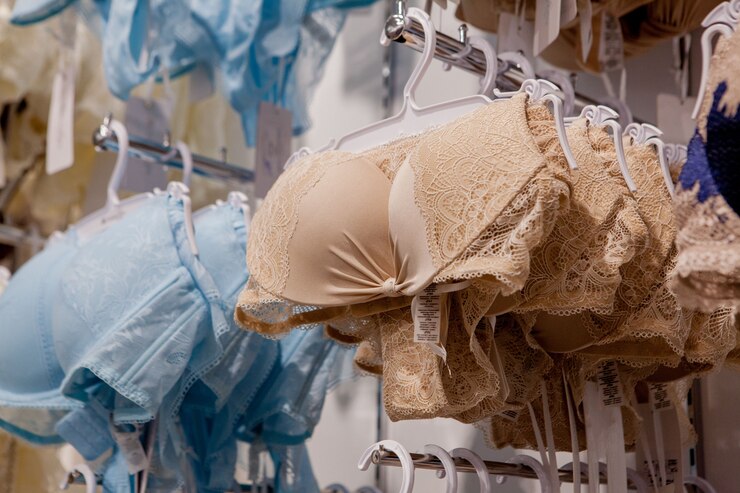
The initial costs of starting a small lingerie brand in 2025-2026 can vary widely depending on whether you use an online-only model or brick-and-mortar retail for sales. Generally, for an online-only lingerie brand, startup costs are typically anywhere from $10,000 to $80,000.
Executing a wide range of startup costs from an online-only lingerie brand includes necessary, foundational costs such as building your e-commerce platform (website design, hosting), purchasing your initial stock (which can vary significantly depending on the complexity and volume of products as well, initial stock often ranges upwards of $15,000-$30,000 to have a healthy assortment), professional product photography, and campaigns to generate customer awareness about the new brand.
There will also be necessary new-to-business legal and compliance costs (business registration, permits, and insurance) that are part packaged into a packaged startup budget ranging from $2,000 to $8,000, depending on your state or territory startup requirements. The other opportunity costs for packaging, shipping supplies, and basic customer service systems can also be incurred during the early stage of business building.
How to Start Your Own Lingerie Brand?
Here’s a step-by-step guide to launching your clothing line (lingerie):
- Define Your Niche: Decide your focus—luxury, everyday wear, plus-size, bridal, or sustainable lingerie.
- Conduct Market Research: Analyze target audience, competitors, pricing trends, and product demand.
- Develop a Business Plan: Outline your brand vision, product line, budget, sourcing strategy, and marketing approach.
- Design Your Collection: Work on sketches, tech packs, fabric selections, and key features of each piece.
- Find a Manufacturing Partner: Choose a reliable lingerie manufacturer experienced in handling delicate fabrics and complex construction.
- Create Branding & Packaging: Develop a logo, brand voice, and premium packaging that aligns with your identity.
- Build an Online Store: Use platforms like Shopify or Woo Commerce to create a seamless shopping experience.
- Launch Marketing Campaigns: Use social media, influencer partnerships, and email marketing to generate buzz.
- Test, Learn & Scale: Gather customer feedback, optimize your designs, and scale production accordingly.
Concluding Thoughts for Manufacturers
We have examined the complexities of lingerie, many types of lingerie for women, and the specific design and production considerations for each style. For a clothing brand or designer, a strong understanding of lingerie, from a basic bra to a sexy chemise, is essential to building collections that speak to consumers while adhering to a high standard of quality. Intimate apparel often requires specific fabric choices, precise pattern making, unique construction techniques, as well as strict quality control. If you can recognize the types of female lingerie, properties and purposes of each lingerie type, you will have the best information to make decisions that will enhance comfort, support, and longevity for your customers. Ready to bring your lingerie vision to life with expert manufacturing? Contact Weft Apparel today!

